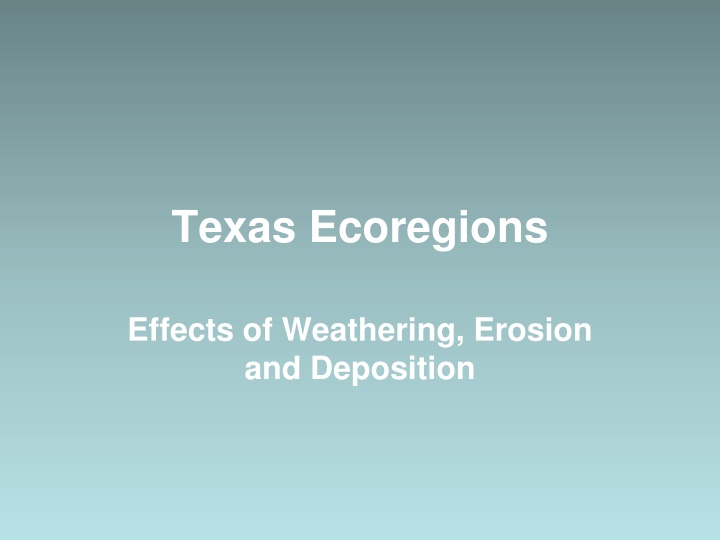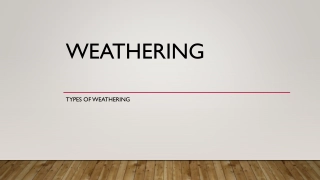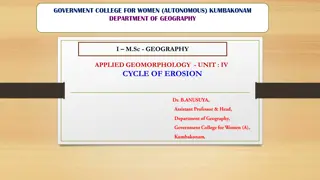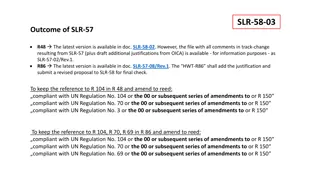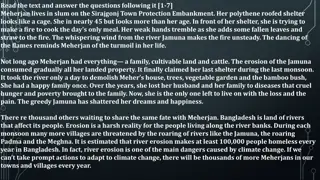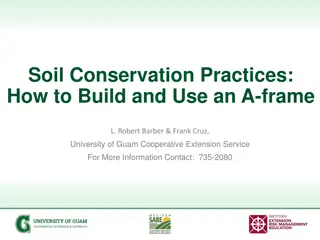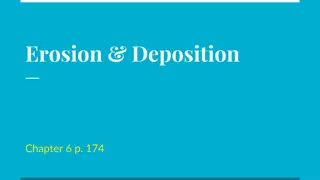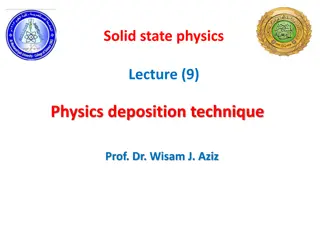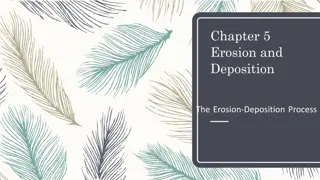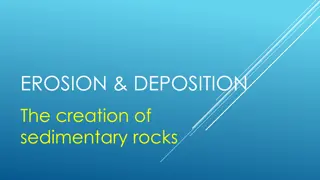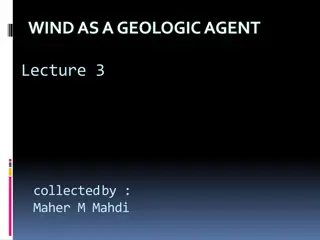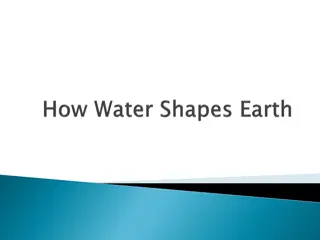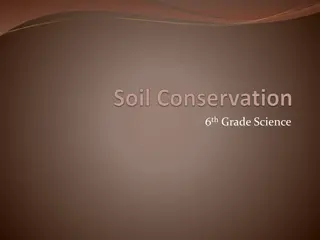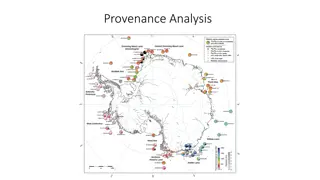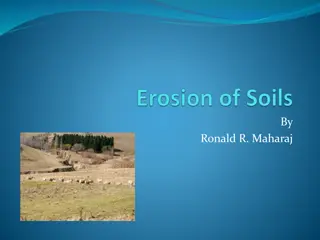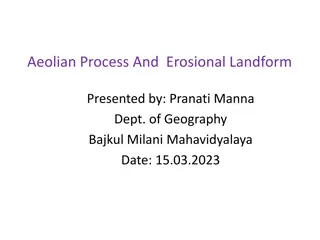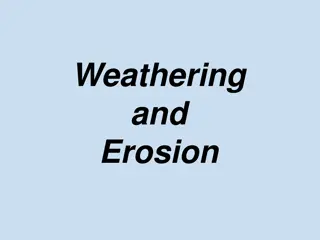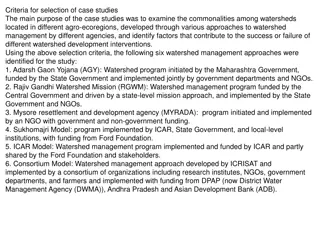Texas Ecoregions: Effects of Weathering, Erosion, and Deposition
Texas is divided into various ecoregions each with unique characteristics impacted by weathering, erosion, and deposition. Piney Woods, Western Gulf Coastal Plain, Grand Prairie and Plains, Edwards Plateau, Rolling Plains, and Western and Eastern Cross Timbers are discussed in terms of their soil types, vegetation, erosion vulnerability, and management practices.
Download Presentation

Please find below an Image/Link to download the presentation.
The content on the website is provided AS IS for your information and personal use only. It may not be sold, licensed, or shared on other websites without obtaining consent from the author.If you encounter any issues during the download, it is possible that the publisher has removed the file from their server.
You are allowed to download the files provided on this website for personal or commercial use, subject to the condition that they are used lawfully. All files are the property of their respective owners.
The content on the website is provided AS IS for your information and personal use only. It may not be sold, licensed, or shared on other websites without obtaining consent from the author.
E N D
Presentation Transcript
Texas Ecoregions Effects of Weathering, Erosion and Deposition
Factors Affecting Our Ecoregions Weathering chemical and physical break down of rocks into sediment Erosion the movement of sediment from one place to another Deposition the placement of sediment after being carried from place of origin
Piney Woods 1. This ecoregion is found in Southeast Texas. 2. It is the wettest region of the state. This allows for a high rate of decomposition to occur resulting in healthy, nutrient-rich soils. 3. The topography is gently rolling to near flat through out the region. 4. Pine trees, woody vines, and hardwood trees dominate the vegetation. 5. It is a fire climax system. Fire is necessary in order for pines to maintain dominance in the area. 6. Unless an area has been clear-cut of vegetation for construction, the amount of trees and plants can prevent erosion.
Western Gulf Coastal Plain 1. Soil in the region is primarily sand-based. 2. If there isn t enough vegetation to keep the soil in place, rainfall received can cause severe erosion. 3. Catastrophic events such as hurricanes can increase wave erosion and deposition.
Grand Prairie and Plains, Blackland Plains and Post Oak Savannah 1. These areas have nutrient-rich soils and receive good amounts of rainfall through the year. 2. If the land is clear-cut of natural vegetation for construction nutrients can easily be eroded. 3. If the land is used for farming and it is not managed well, nutrients will be quickly used up.
Edwards Plateau 1. This region is located between dry western plains and moist prairies and woods. 2. Unfortunately, erosion has left most of the region with very shallow soils (less than 10 inches) lined with limestone rock layers. 3. High amounts of rain in a short amount of time can cause flash flooding.
Rolling Plains 1. This region is part of the Great Plains of the central United States. 2. Soils in this area are most fertile and sought after for crop production. 3. Periods of drought and then sudden increase in rainfall causes large amounts of erosion and deplete the soil of nutrients.
Western and Eastern Cross Timbers 1. This is a small, thin region running North to South on either side of the prairies and plains 2. The soil are not as prone to flooding because they allow water to infiltrate the soil very easily. 3. The region is described as rough, hilly terrain.
High Plains 1. Texas Panhandle 2. Largest and most completely flat areas of it size in the world! 3. The region extends to the Palo Duro Canyon-the nations 2ndlargest canyon. 4. Palo Duro Canyon was formed by water erosion from the Prairie Dog Town Fork of the Red River. 5. The water deepens the canyon by moving sediment downstream. 6. Wind and water erosion gradually widen the canyon.
Trans-Pecos Rain does not fall evenly over the area. Desert portion of Texas. The weathered bedrock in this area has high amounts of calcium As a result of erosion and deposition in the area, the soil has high amounts of calcium called caliche.
South Texas Plains 1. The area is known as Brush Country due to the shorter trees and many shrubs. 2. Overgrazing of the land has allowed nutrient-rich topsoil to erode way. 3. Rocky, dry soil cannot support grasses, trees can thrive because of their deeper root system.
Mountain Forest 1. Home of the tallest mountain in Texas, Guadalupe Peak at 8,749 feet. 2. Pines and Oaks dominate the tree species. 3. Soils are shallow and rocky. Weathering continues to play a role in developing soil and will for thousands of years to come. 4. Soils in the canyon bottoms and valleys are deeper as a result of deposition.
